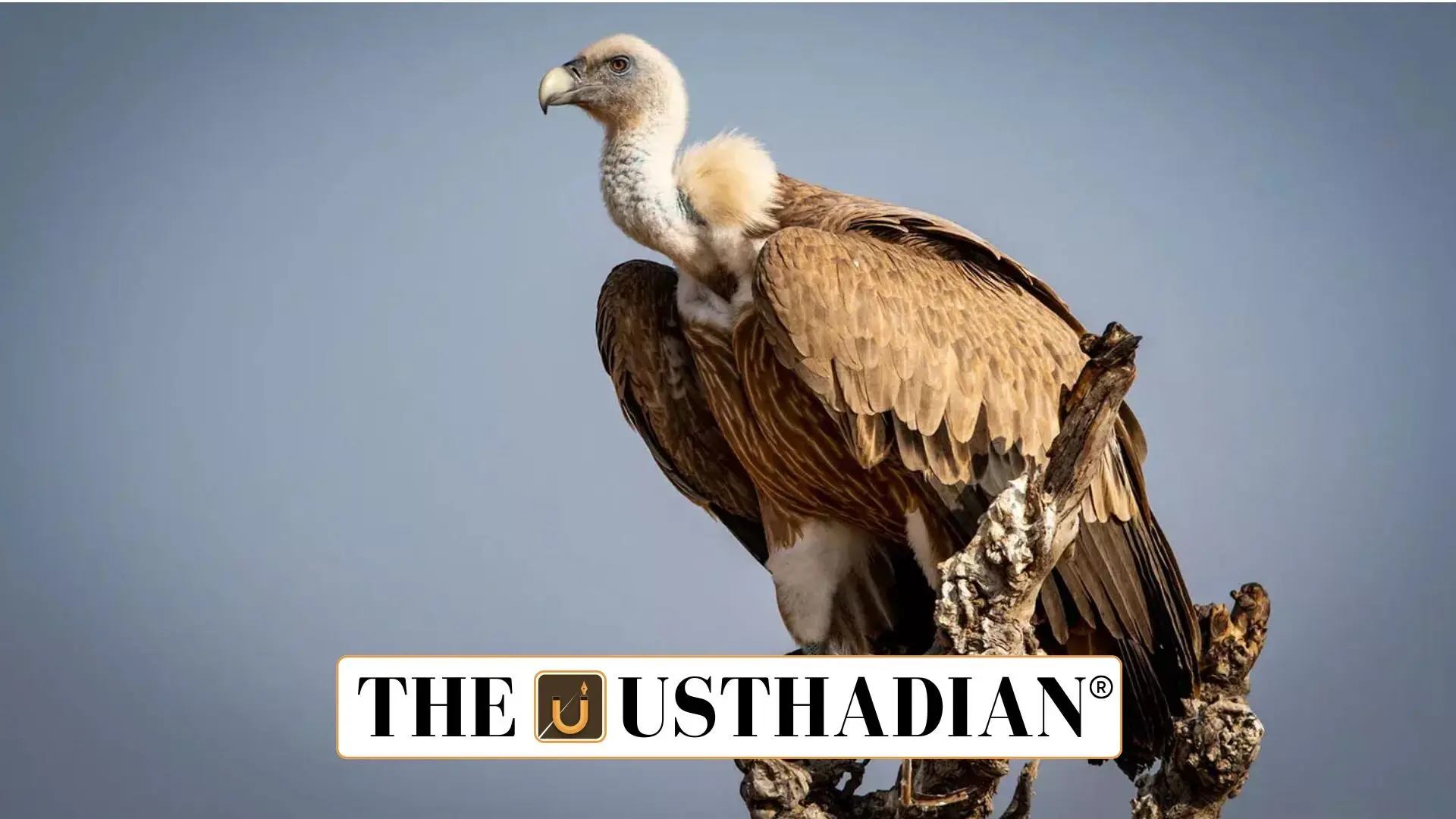Record-Breaking Vulture Count in Madhya Pradesh
Madhya Pradesh Leads India in Vulture Conservation with Record Population in 2025: Madhya Pradesh has officially become India’s vulture stronghold, recording a population of 12,981 vultures in the first phase of the 2025 census. This is a marked increase from 10,845 in 2024 and 8,397 in 2019, highlighting the success of targeted conservation efforts. The data confirms that the state’s proactive strategy in habitat protection, drug regulation, and awareness is steadily reversing decades of population decline.
Systematic Census: A Model for Wildlife Monitoring
The Madhya Pradesh Forest Department has been conducting vulture censuses since 2016 in a systematic and scientific manner. The 2025 survey was held in two phases—the first from February 17 to 19, and the second scheduled for April 29. The coverage spans 16 forest circles, 64 divisions, and 9 protected areas, including national parks, tiger reserves, and wildlife sanctuaries. These comprehensive efforts ensure that both resident and migratory vultures are accurately counted during winter, when they are most visible.
Rich Biodiversity: Seven Vulture Species Found
Madhya Pradesh hosts seven of the nine vulture species found in India. These include four resident species—Indian Long-billed Vulture, White-rumped Vulture, Egyptian Vulture, and Red-headed Vulture—and three migratory species—Himalayan Griffon, Eurasian Griffon, and Cinereous Vulture. This makes the state a critical habitat for vulture biodiversity and a model region for studying their ecological roles and population trends.
From Crisis to Recovery: How Vultures Bounced Back
The drastic decline in vulture populations during the early 2000s was largely due to diclofenac, a veterinary painkiller that caused kidney failure in vultures feeding on treated livestock carcasses. The ban on veterinary diclofenac in 2006, followed by stringent enforcement and public awareness campaigns, helped protect the birds. Safe zones, breeding support, and community-based conservation have gradually led to the recovery, as evidenced by the growing numbers in Madhya Pradesh.
Ecological Importance of Vultures
Vultures play a vital role in maintaining ecological balance by cleaning up animal carcasses, thereby preventing the spread of diseases like anthrax and rabies. Their rise in population is not just a wildlife success story—it also signals improved ecosystem health. Continued conservation is essential to protect this natural sanitation service.
Static GK Snapshot
| Topic | Fact |
| State with Highest Vulture Population | Madhya Pradesh |
| Population in 2025 Census (Phase 1) | 12,981 |
| Previous Counts | 10,845 (2024), 8,397 (2019) |
| Census Start Year | 2016 |
| Coverage Area | 16 circles, 64 divisions, 9 protected areas |
| Vulture Species Found in MP | 7 of 9 species in India |
| Key Species (Resident) | Long-billed, White-rumped, Egyptian, Red-headed |
| Migratory Species in MP | Himalayan Griffon, Eurasian Griffon, Cinereous Vulture |
| Main Cause of Past Decline | Diclofenac, a banned veterinary drug |
| Year Diclofenac Was Banned | 2006 |
| Vultures’ Role | Prevent disease by scavenging carcasses |








